Electroplating Techniques: Achieve Mirror, Matte, and Textured Finishes
Electroplating is a versatile surface finishing process that has revolutionized various industries by enhancing the properties and appearance of different materials. This process involves depositing a metal coating onto a substrate, which can be metal or non-metal, using an electric current. Doing so improves the object's aesthetic appeal and enhances its durability, corrosion resistance, and functionality.
The significance of surface effects in industries cannot be overstated. From automotive and aerospace to electronics and jewelry, the demand for high-quality, durable, and visually appealing finishes continues to grow. Electroplating is crucial in meeting these demands by offering a wide range of surface effects and textures. Whether achieving a mirror-like finish for decorative purposes or a robust, corrosion-resistant coating for industrial applications, electroplating provides solutions tailored to specific needs.
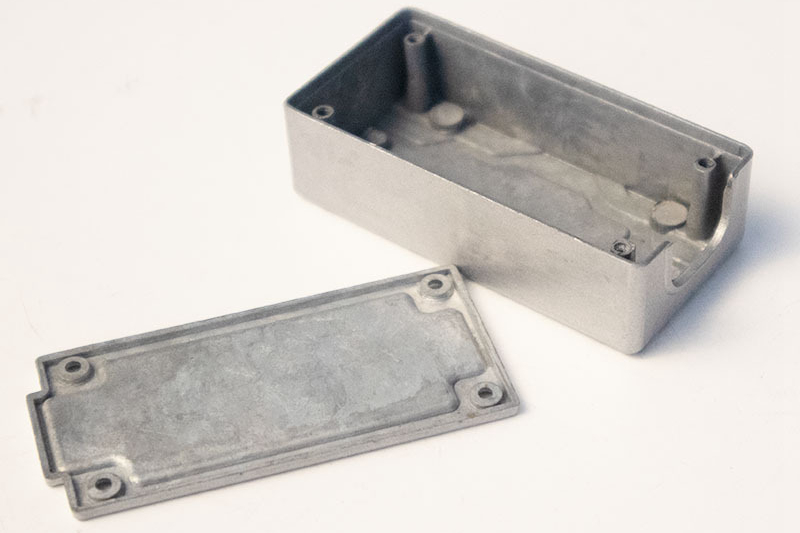
Understanding Electroplating
Electroplating is a process that involves depositing a thin layer of metal onto the surface of another material through the use of an electric current. This technique dates back to the early 19th century and has since evolved into a critical technology in modern manufacturing. The fundamental principle behind electroplating is simple yet effective: a metal object (cathode) and the plating metal (anode) are immersed in an electrolyte solution. When an electric current is passed through the solution, metal ions from the anode are deposited onto the cathode, forming a uniform coating.
The electroplating process typically involves several steps:
Surface Preparation: The substrate is thoroughly cleaned to remove contaminants, oxides, or oils. This step is crucial to ensure proper adhesion of the plating material.
Electrolyte Solution Preparation: The electrolyte solution, containing metal salts and other chemicals, is prepared. The choice of electrolyte depends on the type of metal to be plated.
Electroplating: The substrate (cathode) and the plating metal (anode) are placed in the electrolyte solution. An electric current is applied, causing metal ions to migrate from the anode to the cathode, forming a coating.
Post-Treatment: After plating, the coated object may undergo various post-treatment processes, such as rinsing, drying, and polishing, to enhance its properties and appearance.
Electroplating is employed in various industries, from automotive and aerospace to electronics and jewelry. Its ability to impart desirable surface characteristics, such as increased hardness, improved corrosion resistance, and enhanced aesthetic appeal, makes it an invaluable tool in manufacturing.
Modern advancements in electroplating technology have expanded its applications and improved its efficiency. Innovations such as pulse plating, where the electric current is applied in pulses rather than continuously, have allowed for better control over the coating thickness and quality. Additionally, environmentally friendly plating solutions and processes have been developed to reduce the environmental impact of electroplating.
Materials Suitable for Electroplating
Electroplating is a versatile process that can be applied to various materials, each offering unique benefits and applications. The selection of substrate material is crucial as it influences the electroplated coating's adhesion, durability, and overall quality. Here, we will explore the primary materials that can be electroplated, focusing on metals and non-metals, and provide examples from various industry applications.
Electroplating is commonly used for surface treatment in the following processes:
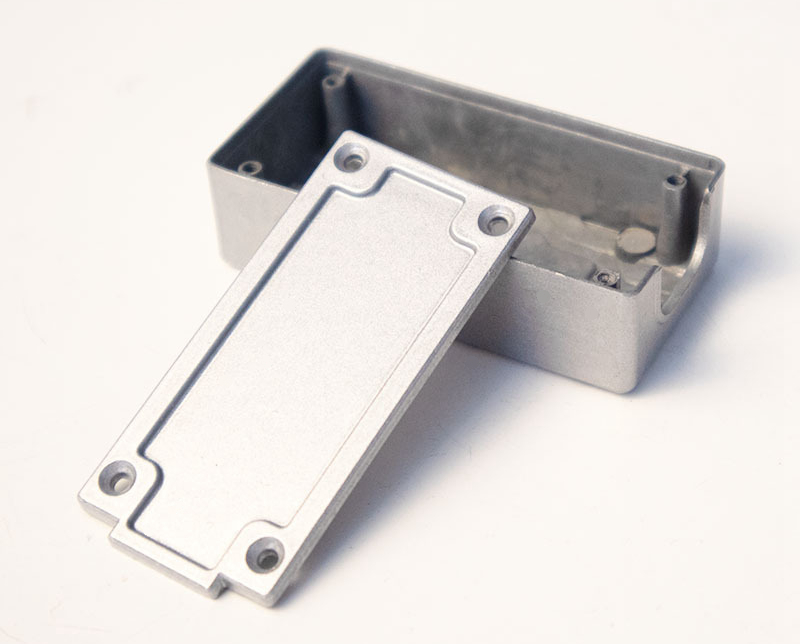
Metals
Steel
Description: Steel is one of the most commonly electroplated materials due to its widespread use in various industries.
Applications: Automotive parts, construction materials, tools, and machinery components.
Benefits: Electroplating steel can significantly enhance its corrosion resistance, hardness, and aesthetic appeal.
Aluminum
Description: Lightweight and corrosion-resistant, aluminum is frequently used in aerospace, automotive, and consumer electronics.
Applications: Aircraft components, car parts, electronic housings, and consumer goods.
Benefits: Electroplating aluminum improves its surface hardness and wear resistance and provides a decorative finish.
Copper
Description: Known for its excellent electrical conductivity, copper is widely used in electrical and electronic industries.
Applications: Electrical connectors, circuit boards, and heat sinks.
Benefits: Electroplating copper enhances conductivity, prevents oxidation, and improves solderability.
Brass
Description: An alloy of copper and zinc, brass is valued for its decorative appeal and resistance to tarnishing.
Applications: Musical instruments, decorative items, and plumbing fixtures.
Benefits: Electroplating brass enhances its appearance, provides additional corrosion resistance, and can be used to create a variety of finishes.
Nickel
Description: Due to its excellent adhesion properties, nickel is used as a final coating and an underlayer for other coatings.
Applications: Automotive parts, household appliances, and industrial equipment.
Benefits: Electroplating nickel improves corrosion resistance, adds a decorative finish, and enhances surface hardness.
Non-Metals
Plastics
Description: Plastics, being lightweight and versatile, are used in many industries but require special pre-treatment for electroplating.
Applications: Automotive interiors, consumer electronics, and decorative items.
Benefits: Electroplating plastics can impart a metallic appearance, improve wear resistance, and enhance electrical conductivity.
Ceramics
Description: Ceramics are used in high-temperature and high-wear applications and can be electroplated after appropriate surface preparation.
Applications: Medical devices, electronics, and aerospace components.
Benefits: Electroplating ceramics improves conductivity, provides a decorative finish, and enhances surface durability.
Examples from Industry Applications
Automotive Industry: Electroplating is extensively used to enhance the durability and appearance of various automotive parts, such as bumpers, wheels, and trim pieces. For instance, chrome plating on steel or aluminum components provides a lustrous, corrosion-resistant finish.
Electronics Industry: In electronics, electroplating is crucial for improving the performance and lifespan of components. Gold and silver plating on copper connectors and circuit boards ensures excellent electrical conductivity and resistance to oxidation.
Medical Devices: Electroplated coatings on medical devices, such as implants and surgical instruments, enhance biocompatibility and wear resistance, ensuring long-term functionality and safety.
Jewelry: Electroplating in the jewelry industry creates beautiful, durable finishes on various base metals. Gold and rhodium plating on silver and brass pieces provide a high-quality appearance and protect against tarnishing.
Electroplated Surface Effects and Textures
Electroplating can achieve a wide range of surface effects and textures, each tailored to specific aesthetic and functional requirements. These effects enhance the objects' visual appeal and improve their performance in various applications. This section will explore the different surface effects and textures that electroplating can achieve, providing examples of their uses in various industries.
Mirror Finish
Description: A mirror finish is characterized by its high reflectivity and smoothness, giving the surface a glossy, polished appearance.
Techniques: Achieved through meticulous surface preparation, including polishing and buffing, followed by electroplating with metals like chrome or nickel.
Applications:
Automotive: Car bumpers, trim, and rims.
Decorative Items: Mirrors, frames, and home décor.
Benefits: Provides an aesthetically pleasing look, enhances corrosion resistance, and is easy to clean.

Matte Finish
Description: A matte finish offers a non-reflective, subdued appearance that is smooth but not shiny.
Techniques: Created using specific plating solutions and surface treatments that diffuse light, such as bead blasting before plating.
Applications:
Aerospace: Non-reflective components to reduce glare.
Consumer Electronics: Housings for gadgets and appliances.
Benefits: Reduces glare, provides a modern look, and hides fingerprints and scratches.
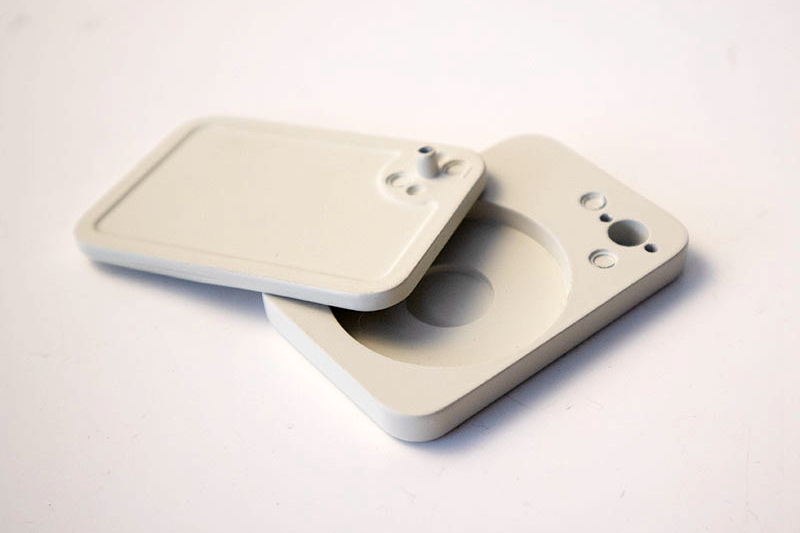
Brushed and Satin Finishes
Description: These finishes feature fine, consistent texture lines that create a subtle sheen, different from the high shine of a mirror finish.
Techniques: Achieved by mechanically brushing the surface before or after plating with metals like nickel or stainless steel.
Applications:
Household Appliances: Refrigerators, ovens, and dishwashers.
Jewelry: Rings, bracelets, and watches.
Benefits: Offers an elegant, sophisticated appearance, resists scratches, and is easy to maintain.
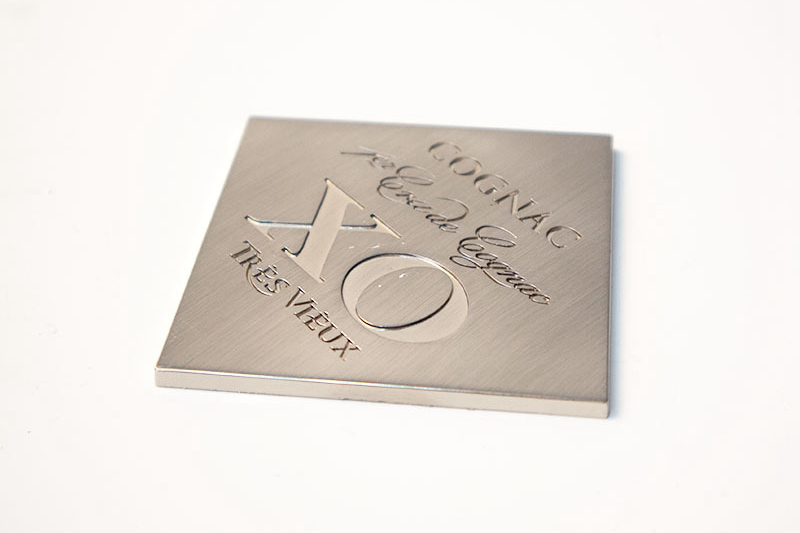
Textured and Patterned Finishes
Description: Electroplating can create customized textures and patterns on surfaces for specific functional or aesthetic purposes.
Techniques: Utilizes masks, selective plating, and specialized electrolyte solutions to achieve various textures.
Applications:
Tools and Hardware: Grips and handles for improved functionality.
Architectural Elements: Decorative panels and fixtures.
Benefits: Enhances grip, provides unique aesthetic effects, and can be tailored to specific design requirements.
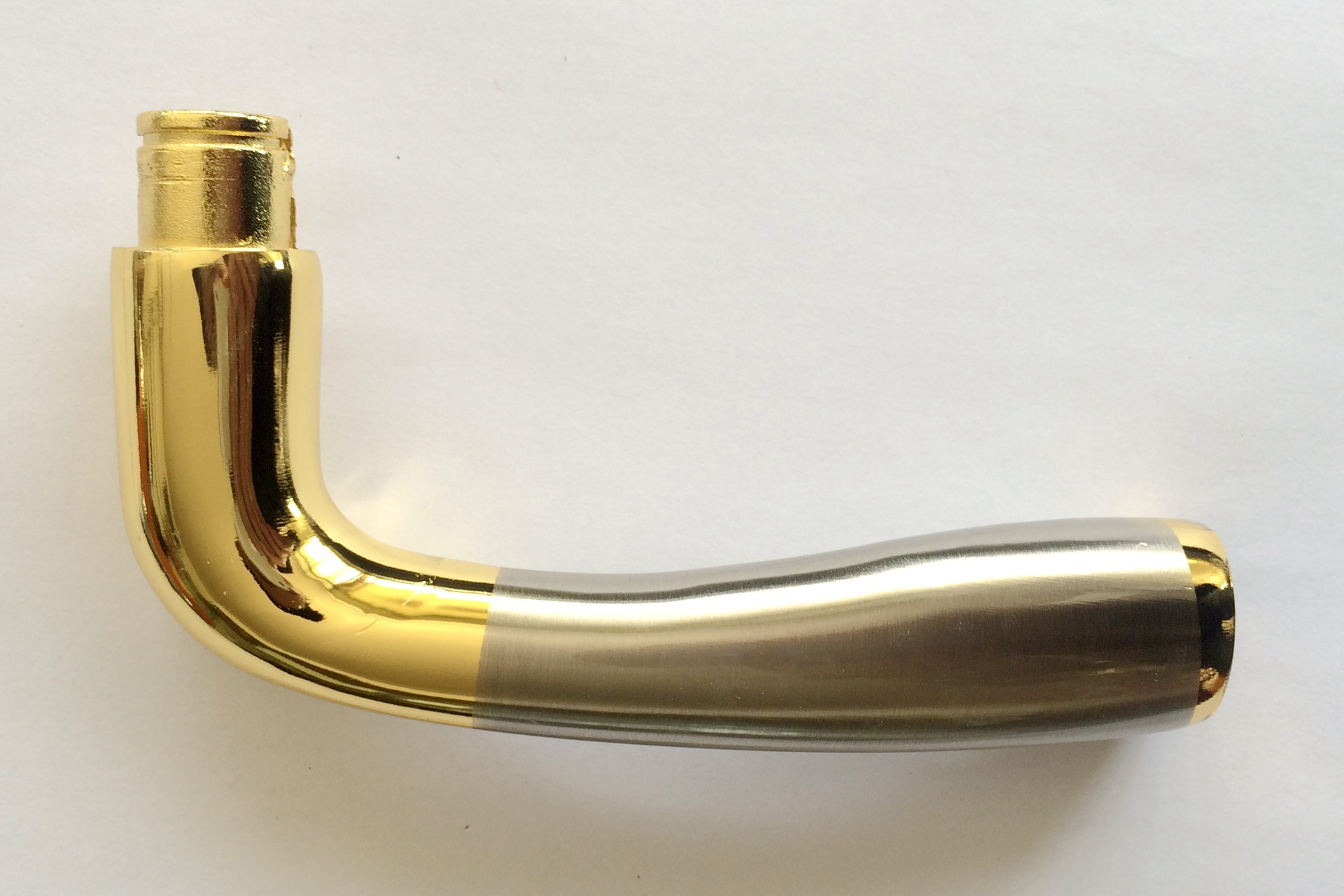
Coating Materials and Their Characteristics
The choice of coating material in electroplating significantly influences the properties and performance of the finished product. Each metal used in electroplating brings unique characteristics, including appearance, durability, and functionality. This section will explore some of the most commonly used coating materials in electroplating, their typical thickness ranges, and their specific benefits.
Gold Plating
Characteristics: Gold plating is renowned for its excellent corrosion resistance, electrical conductivity, and aesthetic appeal. It does not tarnish or corrode, making it ideal for applications requiring long-term reliability and a luxurious appearance.
Typical Thickness: 0.1 to 1.27 microns, depending on the application.
Applications:
Electronics: Connectors, circuit boards, and contacts where reliable conductivity is essential.
Jewelry: Rings, bracelets, and decorative items for a premium look.
Benefits: Provides a high-quality, non-corrosive finish, ensures excellent electrical conductivity, and adds a luxurious appearance.
Silver Plating
Characteristics: Silver plating offers superior electrical conductivity, high reflectivity, and natural anti-bacterial properties. It is often used in applications where both functionality and aesthetics are crucial.
Typical Thickness: 0.5 to 3 microns.
Applications:
Electrical Connectors: Components in electrical and electronic devices.
Medical Devices: Instruments and implants with anti-bacterial surfaces.
Decorative Items: Tableware and ornamental objects.
Benefits: Enhances electrical conductivity, provides a bright and attractive finish, and offers anti-bacterial properties.
Nickel Plating
Characteristics: Nickel plating is widely used for its hardness, wear resistance, and ability to act as a barrier layer. It provides excellent adhesion, making it a common underlayer for other coatings like gold and silver.
Typical Thickness: 5 to 50 microns, with thicker layers for enhanced durability.
Applications:
Automotive Parts: Components requiring wear resistance and durability.
Household Appliances: Surfaces exposed to frequent use and handling.
Industrial Equipment: Machinery parts need protection from wear and corrosion.
Benefits: Offers high hardness and wear resistance, provides excellent corrosion protection, and is a strong base layer for additional coatings.
Chrome Plating
Characteristics: Chrome plating is known for its hardness, bright reflective finish, and superior corrosion resistance. It is used both for decorative purposes and for enhancing the durability of industrial components.
Typical Thickness: 0.25 to 0.75 microns for decorative applications and 10 to 500 microns for industrial hard chrome plating.
Applications:
Automotive: Bumpers, trim, and exhaust pipes for aesthetic and protective purposes.
Machinery: Hydraulic cylinders, molds, and tools requiring high wear resistance.
Furniture: Fixtures and fittings with a durable, shiny finish.
Benefits: Provides a bright and attractive finish, offers excellent hardness and wear resistance, and ensures superior corrosion protection.
Performance and Durability of Electroplated Coatings
Adhesion Strength
Factors Influencing Adhesion: Material compatibility, surface preparation, and electroplating.
Importance: Strong adhesion ensures the coating remains intact and effective over the product's lifespan, preventing peeling or flaking.
Wear Resistance
Comparison of Coatings: Hard chrome and nickel platings are particularly noted for their wear resistance, making them suitable for high-friction environments.
Importance: Enhanced wear resistance extends the lifespan of components, reducing the need for frequent replacements and maintenance.
Corrosion Resistance
Protective Capabilities: Gold, silver, and chrome platings offer excellent corrosion resistance, protecting the underlying material from environmental damage.
Importance: Corrosion-resistant coatings are essential for products exposed to harsh environments, such as marine or industrial settings.
Thickness Tolerance and Control
Precision Achievements: Advanced electroplating techniques allow precise control over coating thickness, ensuring uniformity and consistency.
Importance: Consistent coating thickness is crucial for meeting stringent industry standards and ensuring optimal performance.
Examples of Coating Material Use in Industries
Automotive Industry: Chrome plating on aluminum wheels and trim provides a durable, corrosion-resistant, and aesthetically pleasing finish.
Electronics Industry: Gold plating on connectors and circuit boards ensures reliable electrical conductivity and resistance to oxidation.
Medical Devices: Nickel plating on surgical instruments enhances their wear resistance and biocompatibility, ensuring long-term functionality.
Jewelry: Silver and rhodium plating on brass and silver jewelry pieces provide a beautiful, durable finish that resists tarnishing.
Performance and Durability of Electroplated Coatings
Electroplated coatings are valued for their ability to enhance the performance and durability of materials. These coatings can significantly improve components' wear resistance, corrosion resistance, and overall longevity, making them ideal for various demanding applications. This section will explore the key performance characteristics of electroplated coatings and their importance in different industrial contexts.
Adhesion Strength
Factors Influencing Adhesion:
Material Compatibility: The compatibility between the substrate and the coating material is crucial. For example, nickel adheres well to metal and non-metal surfaces, making it a versatile choice.
Surface Preparation: Proper cleaning and surface preparation, including degreasing, etching, and polishing, are essential to ensure strong adhesion.
Electroplating Process: The parameters of the electroplating process, such as current density and plating time, also play a significant role in adhesion quality.
Importance: Strong adhesion ensures the coating remains intact and effective throughout the product's lifespan, preventing issues such as peeling or flaking. This is particularly important in applications where mechanical stress or environmental exposure is a concern.
Wear Resistance
Comparison of Coatings:
Problematic Chrome: Known for its exceptional hardness and wear resistance, hard chrome plating is often used in industrial applications where components are subjected to high friction and abrasion.
Nickel: Nickel plating offers good wear resistance and is commonly used as a decorative and functional coating.
Importance: Enhanced wear resistance extends the lifespan of components, reducing the need for frequent replacements and maintenance. This is particularly critical in automotive, aerospace, and manufacturing industries, where equipment is subject to constant use and wear.
Corrosion Resistance
Protective Capabilities:
Gold Plating: Provides excellent corrosion resistance and is often used in applications requiring long-term reliability, such as electronics and connectors.
Chrome Plating: Offers superior corrosion resistance, making it ideal for components exposed to harsh environments, such as automotive parts and marine equipment.
Silver Plating: Silver is less corrosion-resistant than gold and chrome, but it still offers good protection and is commonly used in electrical and electronic applications.
Importance: Corrosion-resistant coatings protect components from environmental damage, such as oxidation, rust, and chemical exposure. This is vital in industries like marine, aerospace, and medical, where exposure to corrosive elements can significantly impact the performance and safety of the products.
Thickness Tolerance and Control
Precision Achievements:
Advanced Techniques: Modern electroplating techniques, such as pulse plating and controlled deposition, allow precise control over coating thickness, ensuring uniformity and consistency.
Measurement Tools: Tools like X-ray fluorescence (XRF) and micrometers are used to measure and verify the coating thickness, ensuring it meets the required specifications.
Importance: Consistent coating thickness is crucial for meeting industry standards and ensuring optimal performance. In applications such as aerospace and electronics, where precision is paramount, even slight variations in coating thickness can affect functionality and reliability.
Real-World Applications and Case Studies
Electroplating is integral to many industries, enhancing countless products' performance, durability, and aesthetic appeal. This section delves into specific real-world applications and case studies, illustrating how electroplating has revolutionized various sectors.
Automotive Industry
Application: Enhancing Durability and Aesthetics of Components
Case Study: Chrome-Plated Aluminum Wheels
Overview: A luxury car manufacturer employs chrome plating on aluminum wheels to achieve a lustrous, mirror-like finish that enhances the vehicle's aesthetic appeal.
Benefits: The chrome plating provides excellent corrosion resistance, protecting the wheels from harsh environmental conditions and road salts. Additionally, the coating improves wear resistance, extending the lifespan of the wheels and reducing maintenance costs.
Outcome: The enhanced durability and aesthetic appeal of the chrome-plated wheels contribute to the overall premium quality of the vehicle, increasing customer satisfaction and brand reputation.
Electronics Industry
Application: Improving Conductivity and Reliability of Connectors
Case Study: Gold-Plated Circuit Boards
Overview: A leading electronics company uses gold plating on circuit boards and connectors to ensure reliable electrical conductivity and prevent oxidation.
Benefits: Gold plating enhances the performance and longevity of electronic components by providing a stable, corrosion-resistant surface. It is crucial for devices that require consistent and reliable electrical connections.
Outcome: Using gold plating in electronic devices improves product reliability and performance, reducing the incidence of electrical failures and increasing customer trust in the brand.
Medical Devices
Application: Ensuring Biocompatibility and Durability
Case Study: Nickel-Plated Surgical Instruments
Overview: Surgical instruments are often nickel-plated to provide a smooth, corrosion-resistant surface that can withstand repeated sterilization cycles.
Benefits: Nickel plating ensures the instruments remain functional and safe for use over an extended period. The coating enhances wear resistance and prevents corrosion, essential for maintaining medical devices' sterility and integrity.
Outcome: Nickel-plated surgical instruments offer superior durability and reliability, ensuring patient safety and reducing the frequency of instrument replacement, leading to cost savings for healthcare providers.
Jewelry
Application: Achieving High-Quality Finishes and Durability
Case Study: Rhodium-Plated Silver Jewelry
Overview: High-end jewelry brands use rhodium plating on silver pieces to achieve a brilliant, tarnish-resistant finish.
Benefits: Rhodium plating provides a durable, reflective surface that enhances the appearance of silver jewelry and protects it from everyday wear and tear. The coating also prevents tarnishing, ensuring the jewelry maintains its shine and beauty over time.
Outcome: Using rhodium plating in jewelry production produces high-quality, long-lasting pieces that retain their aesthetic appeal, increasing customer satisfaction and brand loyalty.
Aerospace Industry
Application: Enhancing Performance and Safety of Components
Case Study: Nickel-Plated Aircraft Parts
Overview: Aircraft manufacturers utilize nickel plating on various components to enhance their wear resistance and corrosion protection.
Benefits: Nickel plating provides a durable, protective layer that withstands the harsh operating conditions of aerospace environments. The coating ensures the components remain reliable and safe, reducing the risk of failure during operation.
Outcome: Nickel-plated aircraft parts contribute to improved performance and safety, ensuring the longevity and reliability of critical aerospace components. It enhances overall operational efficiency and safety standards in the aerospace industry.
